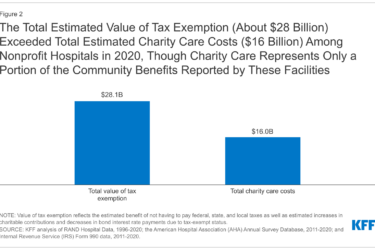
“Covered California Now Offering Dental Coverage to Adults,” the headline in the Long Beach Press Telegram read.
The news that adult dental coverage would be included among the benefits available on the state insurance exchange has been well-received by consumers and health advocates, Barbara Feder Ostrov of Kaiser Health News reported in the story.
By mid-November, an estimated 33,000 adults had signed up for the dental plans, including about 6,000 who also signed up for health insurance on the exchange for the first time, Ostrov wrote.
Dental benefits for adults are not required by the Affordable Care Act (ACA). But the federally run exchange used by 38 states and all but one of the 13 exchanges run by states and the District of Columbia now offer separate adult dental coverage.
Until very recently, Covered California was one of just two state-run exchanges that did not offer adult dental coverage, Ostrov wrote. “Now only Washington state does not offer it.”
In California, adults must purchase a health plan on the state’s exchange to be able to purchase an “add-on” dental policy, and they’ll pay monthly premiums ranging from $11 to $65. The dental premiums are not subsidized like Covered California’s health premiums for lower-income people.
Just the same, the move to add adult dental benefits was applauded by Ariane Terlet, a Berkeley dentist who serves as chief dental officer for Oakland-based La Clinica de la Raza and as a trustee for the California Dental Association.
Terlet told Ostrov that people without dental insurance are four times more likely to not get preventive care and that many state residents had found it difficult to buy dental coverage on the individual market.
The new availability of Covered California’s dental plans would expand access to care, Terlet said.
“There isn’t a week that goes by where people don’t ask me what dental coverage is available for individuals,” Terlet noted in the article. “Having insurance is a critical step to improving dental care. This is really going to help a lot of people improve their health.”
Meanwhile, plans to add adult benefits in Washington in 2016 appear to be moving forward according to a story at California Healthline. An official from the Washington Health Benefit Exchange told Healthline contributing editor Heather Drost that the exchange’s board approved a decision to add adult dental coverage to the marketplace, which the exchange expects will be ready to launch this summer.
About 1.4 million individuals are enrolled in stand-alone dental benefits purchased on the federally-facilitated health insurance marketplace and state-based marketplaces according to a March, 2015 report from the U.S. Department of Health and Human Services. Currently, less than 100,000 of the enrollees are children under 18, with the rest being adults, according to the report, which may underestimate enrollment numbers due to a lack of data from state marketplaces.
The American Dental Association once predicted that as many as three million children and 800,000 adults could gain dental benefits through health exchanges by 2018. But getting dental benefits included on insurance exchanges has proven challenging.
Covered California struggled with pediatric dental benefits before taking on the issue of adult benefits. Unlike adult coverage which is optional under the ACA, dental coverage for children under age 19 is considered an essential health benefit under the health care reform law. Fulfilling the guarantee of dental coverage to qualifying children has been a complex job, made harder by federal guidance that has treated pediatric dental benefits differently from other EHBs, according to a Health Affairs blog post by Andrew Snyder and Keerti Kanchinadam:
“The ACA allows dental benefits to be “embedded” in medical Qualified Health Plans (QHPs), or offered as stand-alone products …This differing treatment affects benefit design, availability of financial subsidies, consumer shopping experience, and the uptake of dental coverage for both children and adults. Most importantly, the cost of a pediatric stand-alone dental plan is not included in the calculation of a family’s federal tax credits, and there is no federal requirement that individuals purchase a stand-alone dental plan. So, if an enrollee opts to purchase stand-alone dental coverage, he or she is responsible for the full premium, which averaged $27 or more per month in 2015.”
After finding parents were slow to purchase separate stand-alone dental benefits for their children in the first year of the health care reform law, Covered California asked that all health plans embed the pediatric dental benefits for 2015. Pediatric dental benefits are now included in all the dental plans offered on California’s state exchange.
How is your state handling the challenges of offering dental benefits under the health care reform law? Are consumers obtaining them? How affordable and useful are they? In this new tip sheet we look at some new and useful resources to help you explore the issue.









